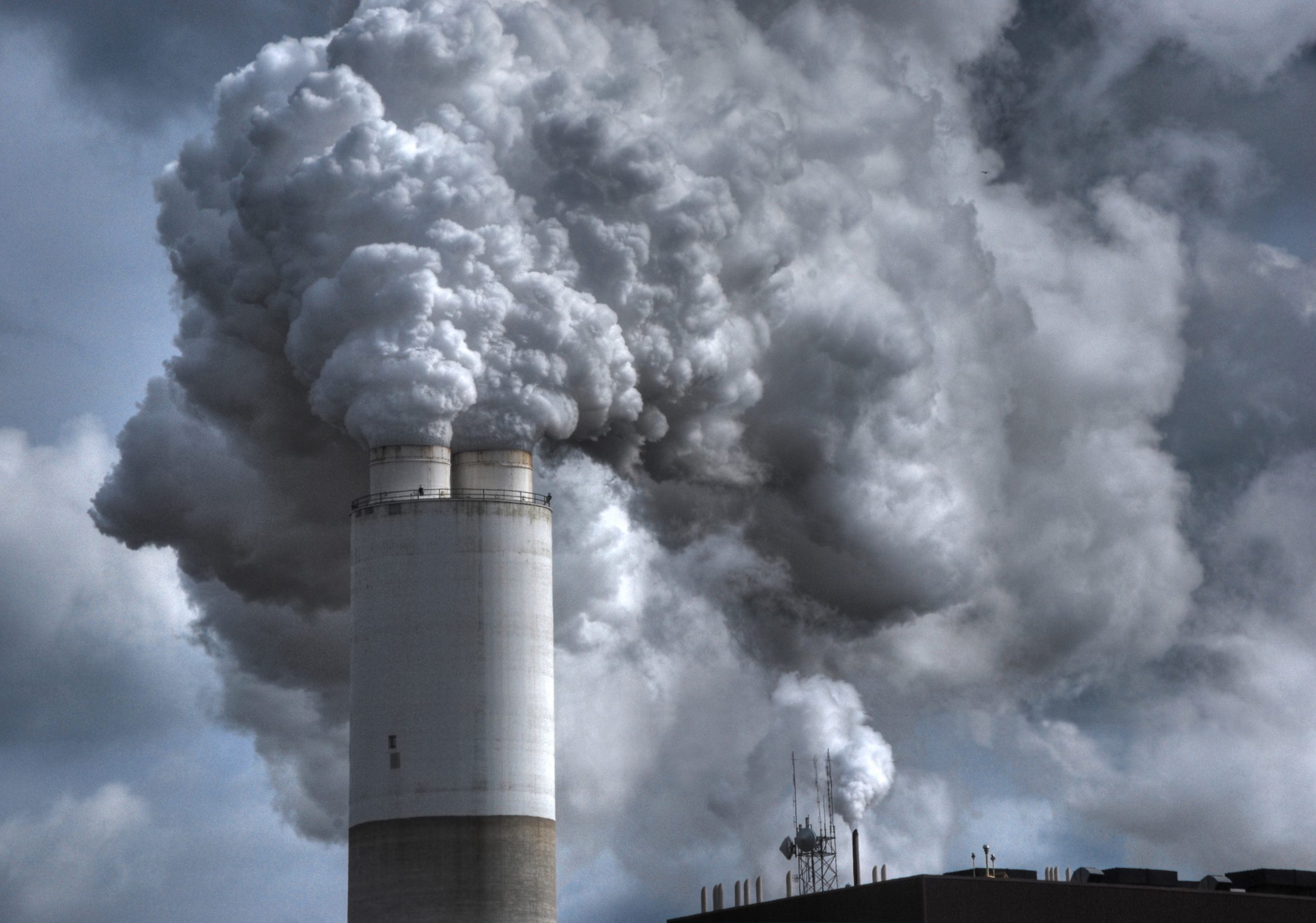Introduction on air pollution
Pollution, including air pollution, is one of the principal environmental risks to human health in the world. Even in relatively wealthy Europe, exposure to air pollution was responsible for an estimate of more than 410,000 early deaths in 2016 alone. Children are particularly at risk; and research undertaken last year has shown that air pollution is linked to significantly higher rates of death among people infected with Covid-19.
Principal Concerns and suggestions on air pollution
1. The draft NAPCP does not place sufficient emphasis on the urgent need to consider human health as one of the principal reasons for reducing air pollution and improving air quality; and the programme is very weak on the urgent need to establish a greatly improved monitoring network, and to identify at small-scale local level a statistically robust relationship between air quality and human health and well-being, as measured by public health data;
2. We welcome the statements that “PM2.5 is the key driver of health impacts from air pollution” and that “there are no ‘safe’ levels of air pollution from a health perspective”; but we are disappointed that there is no mention of emissions of PM2.5 from large industrial plants;
3. The NAPCP should specifically state that the competent authorities which grant consents for industrial plants, and which have the responsibility to attach conditions to these consents, and (in the case of the EPA) have the responsibility of monitoring atmospheric emissions from them, should withhold consent until it can be shown conclusively, based on scientific and epidemiological evidence, that current emissions are not causing harm to the population, and that future emissions will not cause harm;
4. Modelling of existing and proposed emissions to atmosphere by some industrial plants have been found to lack essential information, are based on inadequate data, and therefore provide results which fail to safeguard human health;
5. We provide a relevant example of a case study showing that an industrial applicant for a licence which would permit emissions to the atmosphere may not always provide accurate information; and, in some cases, may provide misleading information;
6. A much tighter regime of air pollution control of industrial emissions – both proposed emissions and existing emissions – should be included as a matter of policy in the final revised National Air Pollution Control Programme; the Environmental Protection Agency can operate only within the framework of Government policy; and, if that policy is weak, the Agency is unable (or less willing) to impose more stringent conditions on industrial emitters and subject them to more frequent and detailed monitoring;
7. Using average emission limit values as a means of monitoring and controlling industrial emissions to atmosphere is totally inadequate, as these averages mask high-risk emission spikes; and such spikes have been identified in the Mungret area of Limerick, in the vicinity of a cement production plant;
8. Exposing members of the public, or allowing members of the public to be exposed, to significant, short-duration (i.e., less than 24hr), exceedances of WHO guidelines should not be permitted;
9. Continuous independent air pollution monitoring is vitally necessary; and the results should be available in real time for local citizens and other interested people and groups to view and examine; anything less is inadequate;
10. “Citizen science” can play an important and valuable role in the monitoring of air pollution; and the value and acceptability of citizen science is well recognised in other EU Member States;
11. Given the important role of cycling in reducing car dependency, we find it extraordinary and unexplainable that the draft NAPCP fails to mention the urgent need to provide the necessary cycling infrastructure; especially as the report acknowledges that “there may be a shift to cycling/walking as people avoid mass transit modes” as a result of the COVID-19 response;
12. We recommend that streets be retrofitted with safe cycleways, in particular, to connect residential areas to schools and shopping areas, and to encourage commuting by bicycle;
13. We express serious concern that many local authorities have failed to provide cycling infrastructure, have failed to communicate with other state agencies, failed to apply for EU Interreg funding, and have not embarked on serious investment programmes to promote and encourage walking and cycling;
14. We cite cases where cycling advocacy groups have been ignored by local authorities, or are reluctant to engage in discussions – a response which can only lead to continuing car dependency with resulting adverse impacts on air quality;
15. It is essential that the EPA must become more pro-active in ensuring that holders of Industrial Emissions licenses are complying with conditions and regulations; self-monitoring and self-regulation do not work to the advantage of either the environment nor local inhabitants who are exposed to atmospheric emissions from licensed industrial plants;
16. The EPA’s current blanket statutory immunity when carrying out its functions is difficult to justify in a modern context and should be revised; this immunity is likely to be inconsistent with the State’s obligation under Article 40.3. to defend and vindicate the citizen’s personal rights; and we advocate that this immunity should be removed;
17. The public right to a clean environment, i.e., to an environment “that is consistent with the human dignity and well-being of citizens”, and is therefore “an essential condition for the fulfilment of all human rights”, is now a justiciable right, and is therefore an appropriate ground for taking proceedings against a Government Department or Agency which fails to uphold that right.
We are hopeful that the Department will consider our submission with a view to implementing all or some of the suggestions we have outlined within.
